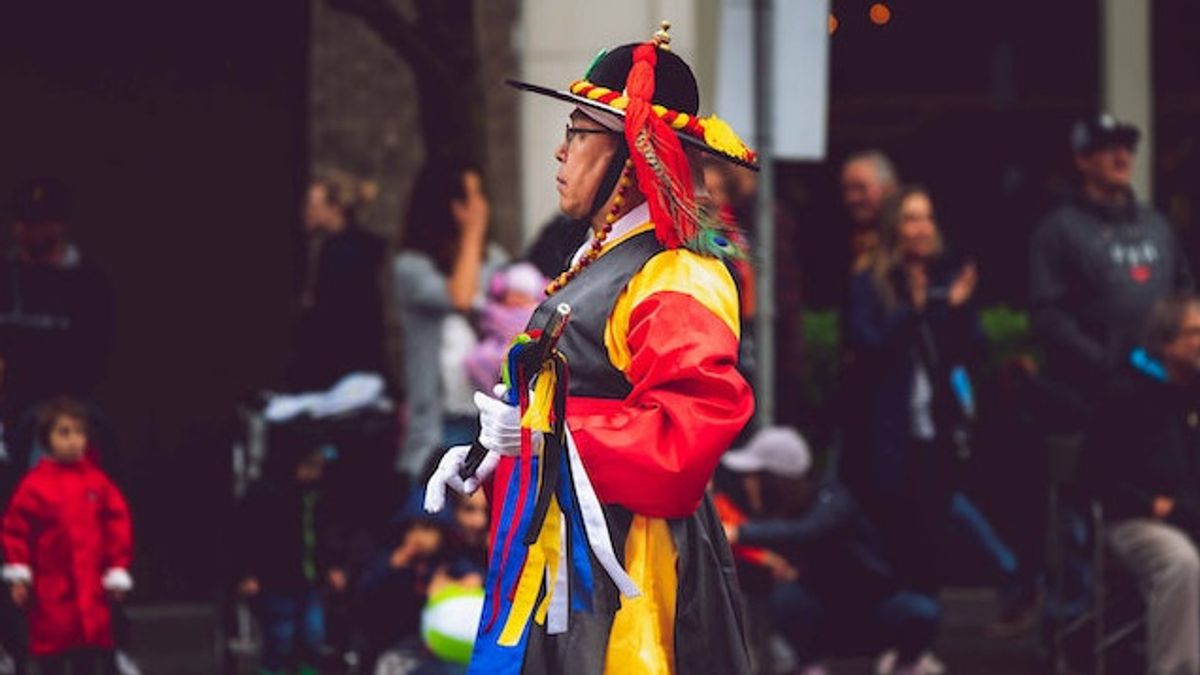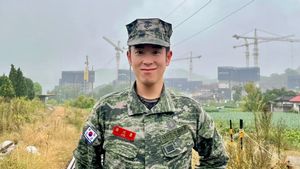JAKARTA - Chuseok, also known as the Korean Thanksgiving celebration, is one of the important holidays in South Korea. Traditionally, Korean people will flock back to their ancestral hometowns to celebrate Chuseok with their families.
Reporting from the Asia Society page, Friday, September 29, the origin of Chuseok can be traced back to Korean past as an agrarian society. Chuseok is also known as Hangawi, which means August 15 according to the lunar calendar. Today, the full moon appears in the sky and the family gathers to enjoy time together and is grateful to their ancestors for the abundant harvest. Women in the family also prepared an ancestral memorial ceremony called Charye by filling a table with food including newly harvested rice and fruits.
Korean people celebrate Chuseok by making special foods, such as certain rice cakes called songpyeon. Songpyeon is made from new refined rice and the dough is wrapped into a small round shape and filled with wijen seeds, chestnuts, red beans, or other similar ingredients.
Rice cakes are arranged over a layer of pine leaves when steamed, filling the house with a soft and fresh autumn aroma. On the night of Chuseok, family members gathered to make songpyeon together, which illustrates the importance of family togetherness in Korean society.
Another Chuseok tradition in modern times is giving gifts. Koreans will give gifts not only to their relatives, but also to friends and business acquaintances to show their gratitude and appreciation. Some of the usual gift ideas are high-quality beef pieces, fresh fruit like apples, and a series of gifts ranging from Korean traditional snacks to useful items such as toiletries.
In addition, today people will usually walk out of the house wearing dumplings or new clothes and shoes specifically prepared for one of the biggest holidays in Korea.
At the Chuseok celebration, residents usually enliven it with Ganggangsullae, seasonal harvesting and fertility rituals carried out under the full moon by young unmarried village women. Quoted from The Korea Herald, they gather in circles, join hands, sing and dance with pantomime games that reflect life in fishing or agriculture villages.
اقرأ أيضا:
This game has even been listed on the UNESCO Intangible Cultural Heritage list in 2009. They gather in circles, join hands, sing and dance with pantomime games that reflect life in fishing or farming villages.
According to the Korean National Commission for UNESCO, the root of this game can be found in rural villages of the Mahan Confederation in the southern part of the Korean Peninsula about 2,000 years ago. In the past, this celebration offered women a rare opportunity to be free from social oppression to dance and sing among themselves.
For tourists who come to visit South Korea during Chuseok, they will be surprised because in big cities Like Seoul it will feel deserted. As a foreigner, it is often difficult to enjoy Chuseok in traditional ways unless your closest friends or people invite you to join your family. However, if you want to experience it, there are many cultural sites in Seoul, such as Namsangol Hanok Village, which offers special holiday events.
The English, Chinese, Japanese, Arabic, and French versions are automatically generated by the AI. So there may still be inaccuracies in translating, please always see Indonesian as our main language. (system supported by DigitalSiber.id)













